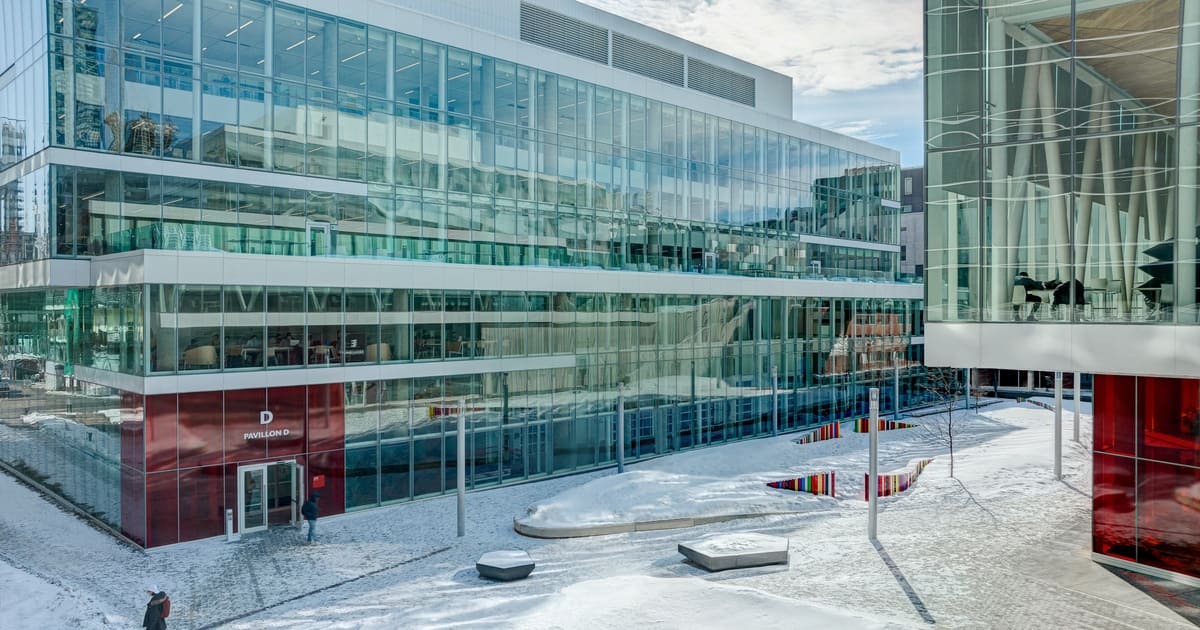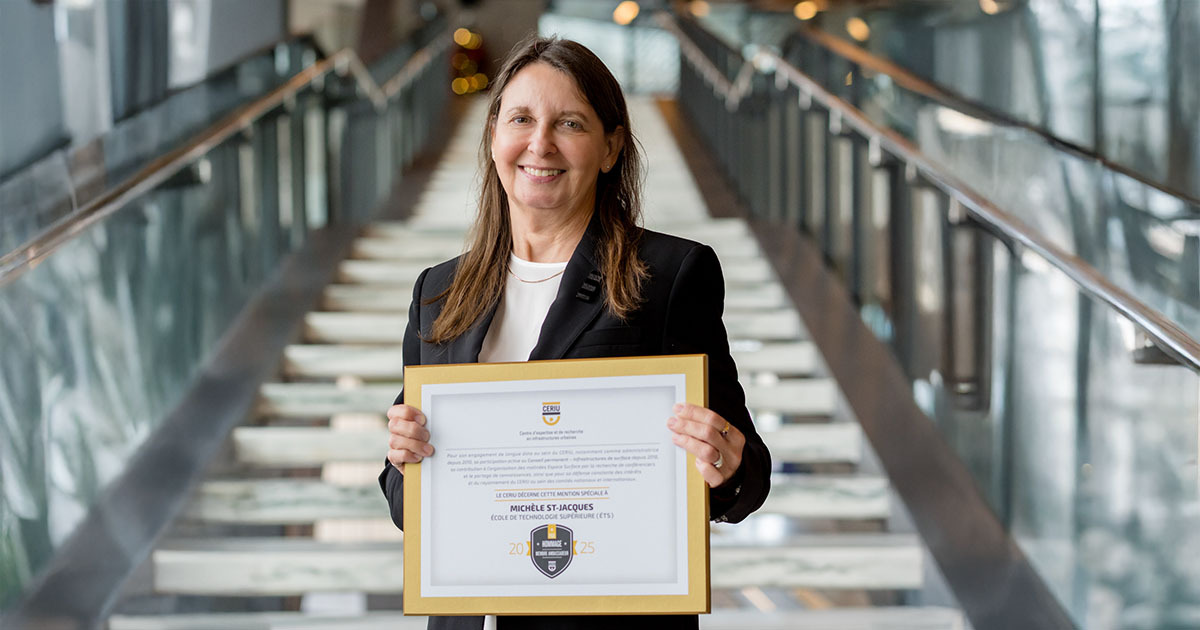
Renewable natural gas is produced by decomposing organic matter like food or agricultural residues. It serves mainly to replace traditional natural gas, widely used to heat buildings, fuel stoves, supply industrial processes and more.
Both types of gas are essentially composed of methane, but come from different sources. Consequently, they do not have the same impact on the environment.
Traditional vs. Renewable Natural Gas
Conventional natural gas is a fossil fuel extracted from the earth’s sediment layers. When burned, its carbon content—which would otherwise have remained underground—is emitted into the atmosphere in the form of CO2, a greenhouse gas. Renewable natural gas, on the other hand, returns to the atmosphere carbon that was already there not so long ago. Indeed, carbon contained in the biomass of organic residues comes from CO2 in the atmosphere that was captured by growing plants through photosynthesis. Methane in renewable natural gas is obtained by decomposing this biomass. When burned, carbon absorbed by the plants in the form of CO2 is released. This is a circular process that adds no new greenhouse gases to the atmosphere.
However, bear in mind that the transformation and transport processes involved in the production and distribution chain of renewable natural gas do cause greenhouse gas emissions. Its carbon footprint is not zero, but is lower than fossil natural gas. Handling and transporting natural gas, whether from fossil or renewable sources, also emit methane into the atmosphere. Since methane is a greenhouse gas, the fugitive emissions of these energy sources also contribute to the carbon footprint.
Renewable Natural Gas Production
Renewable natural gas is produced through anaerobic digestion. This process occurs naturally when organic matter is decomposed without oxygen, by certain bacteria, as seen in landfill sites. Our aim is to reproduce this phenomenon in a closed reactor, under controlled conditions to optimize methane production. The gas produced will then be collected and used to replace traditional natural gas. Producing renewable natural gas makes it possible to reduce the amount of residual materials sent to landfill sites, as well as the methane emitted from these sites.

Moderation Is the Solution
Renewable energies may be a great alternative to fossil fuels, but they do have their limits. First, there are capacity limits. It is currently impossible to produce enough renewable natural gas to meet the current demand for natural gas. And renewable energies also have environmental and social impacts. Consequently, reducing our energy consumption should remain a key concern. The best energy is the energy we don’t use.



